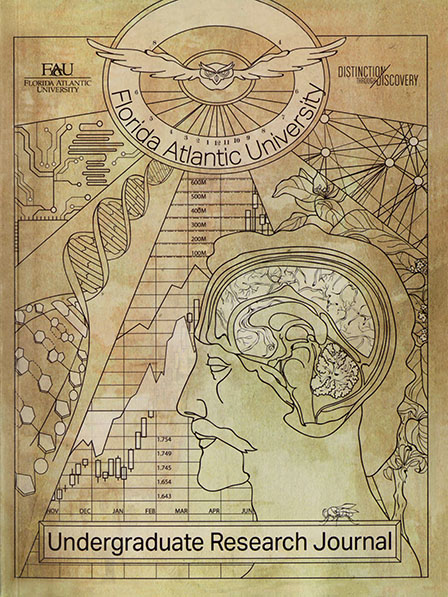Wading Bird Nestling Diet as a Measure of Food Availability in the Everglades
Abstract
Lack’s Brood Reduction Hypothesis asserts that hatching asynchrony in most altricial birds is a reproductive strategy in which sibling competition for resources, such as food, works to reduce brood size in times of limited resources. Wading birds in the Florida Everglades are considered to be indicators of the overall ecosystem health and function, since their populations are limited by the amount of food available in the land-scape. As such, knowledge of food availability has great implications toward Everglades landscape management and wading bird population monitoring. To determine if wading birds were food limited during the 2013 nesting season, we collected and analyzed the mass of regurgitated boluses collected from little blue heron, snowy egret, tricolored heron, and wood stork nestlings. Our results suggest that food was not limited during the 2013 nesting season. We also discuss the importance of long-term studies in order to ob-tain data from both “good” and “bad” years in terms of prey availability, thus providing valuable information on Everglades ecosystem health and functioning for management and restoration efforts.Downloads
Published
2015-04-02
Issue
Section
Articles


